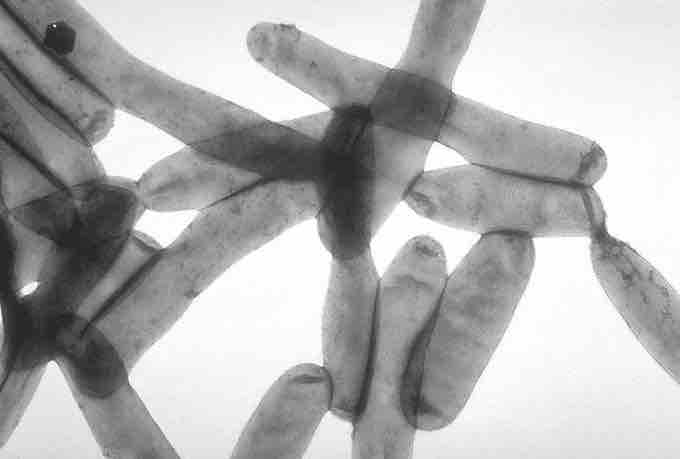Legionellosis, commonly referred to as Legionnaire's disease, is caused by the pathogenic, gram-negative bacteria Legionella. It is characterized by flu- and pneumonia -like symptoms, including fevers and chills. In advanced stages of the disease, there are gastrointestinal and nervous system issues which result in diarrhea and nausea.
Legionella are a type of bacterium that reside within amoebae in the natural environment. The specific species most associated with legionellosis is Legionella pneumophilia, an aquatic organism. Legionella transmission occurs via aerosols and infection occurs when upon inhalation of the bacteria. After being inhaled, the bacteria infect the macrophages of the alveolar and exploit the host machinery to create an environment that promotes bacterial replication. However, the bacteria are not spread from one person to another. In the 1970s, the CDC investigated a large outbreak of legionellosis at Baptist Hospital that was spread through its air conditioner.

Legionella pneumophila
A microscopic image of Legionella pneumophila, the cause of Legionellosis.
Individuals infected with legionellosis have similar symptoms as those diagnosed with pneumonia. Symptoms include high fevers, chills, cough, muscle aches and headaches. For a diagnosis of legionellosis, x-rays and diagnostic tests are used to identify the bacteria. Individuals particularly at risk are older individuals, those immunocompromised or with chronic lung disease.
Legionellosis can take on two distinct forms commonly referred to as legion fever or pontiac fever. Legion fever resembles acute influenza and is the more severe form of the disease, characterized by high fever and pneumonia. Pontiac fever is a milder version and results in mild respiratory illness without the development of pneumonia.
Common sources of Legionella include swimming pools, cooling towers, hot-water systems such as spas, fountains, freshwater ponds and creeks. As seen, the major source for Legionella bacteria is infected water. The bacteria can become suspended in water droplets which are then inhaled into the lungs.